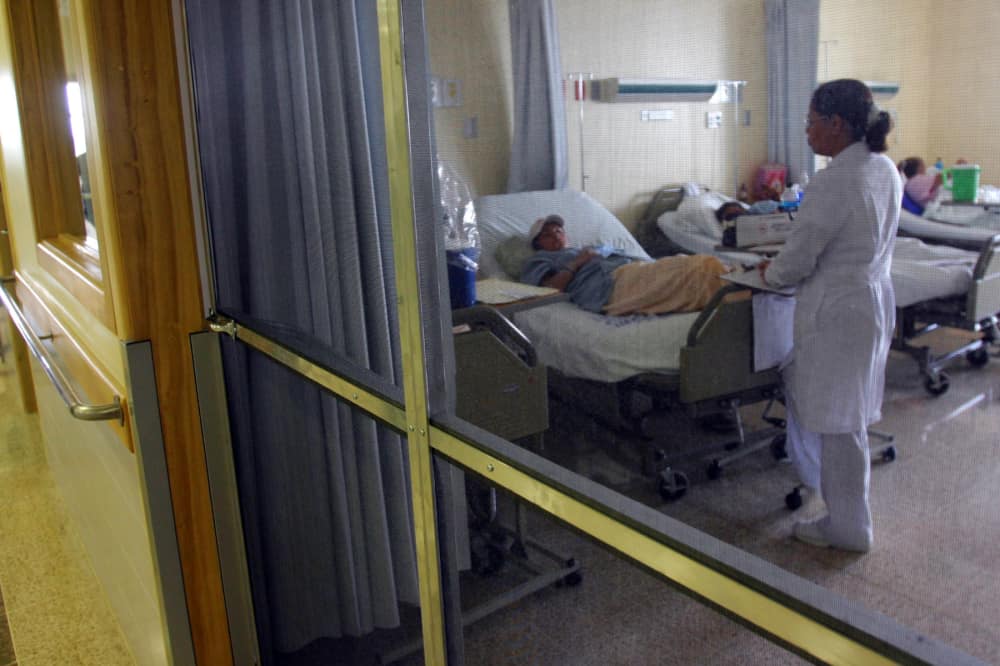The AH1N1 virus was responsible for 14 deaths during 2015, with a spike in the number of deaths during the month of December, according to Costa Rican public health officials. Despite the recent spike, government officials said Wednesday that this is not the time to get vaccinated against the respiratory virus.
With a box of facial tissue on the table next to her, María del Rocío Sáenz, president of the Social Security System, or Caja, said there was no need for alarm but that the public should take preventive measures such as washing one’s hands, sneezing into the inside of one’s elbow and avoiding public places if one has flu-like symptoms. AH1N1 is contagious and is especially dangerous for people in at-risks groups, including young children, the elderly, pregnant women, and people who are obese, have diabetes, or hypertension.
People with unusually high fevers and shortness of breath on top of normal flu symptoms should see a doctor to determine if they are at risk for AH1N1 or other serious respiratory illnesses.
News of the death of a Cuban migrant in Panama from the flu sparked concerns that migrants and others crossing the border were bringing the virus into Costa Rica. Sáenz said that migrants were not a public health concern and that the same strain of AH1N1 in Nicaragua and Panama was already in Costa Rica. Public Health Minister Fernando Llorca said that there were no plans to cancel large public events because of flu fears.
Officials said that at this time of year, it’s better to focus on prevention than vaccination. Sáenz and Llorca said it was too late to get vaccinated for the current flu season, which is coming to an end. Seasonal flu vaccination is a proven tool to reduce the respiratory illness but the human body requires at least six weeks and up to 12 weeks to develop the antibodies needed to fight off infection.
Costa Rica’s flu season generally coincides with the rainy season that runs from May to November.
Officials said that there had been several reports of clinics offering deals on vaccines, and warned people not to waste their money. In December, the Caja put out an alert that thieves were posing as public health workers administering vaccines door-to-door to get into and rob homes.
The Caja’s annual flu vaccination drive starts in April, when the public health system plans to administer 950,000 doses of seasonal flu vaccine, up from 710,000 in 2015.
The largest concentration of deaths in 2015 linked to AH1N1, also known as swine flu, has been in the northern Costa Rican canton of San Carlos, with six confirmed cases as of Wednesday.
There were more than 100,000 people hospitalized for respiratory illnesses in 2015, with some 3,000 of them categorized as serious. Only 179 of these cases required intensive care.
According to figures from the Caja, 93 percent of people hospitalized with a respiratory virus are cured.






